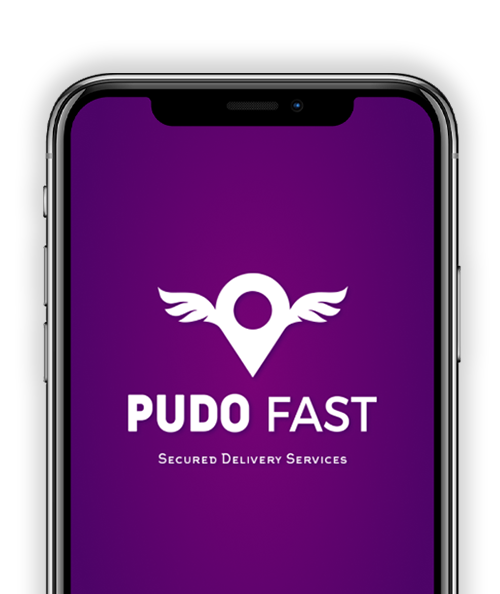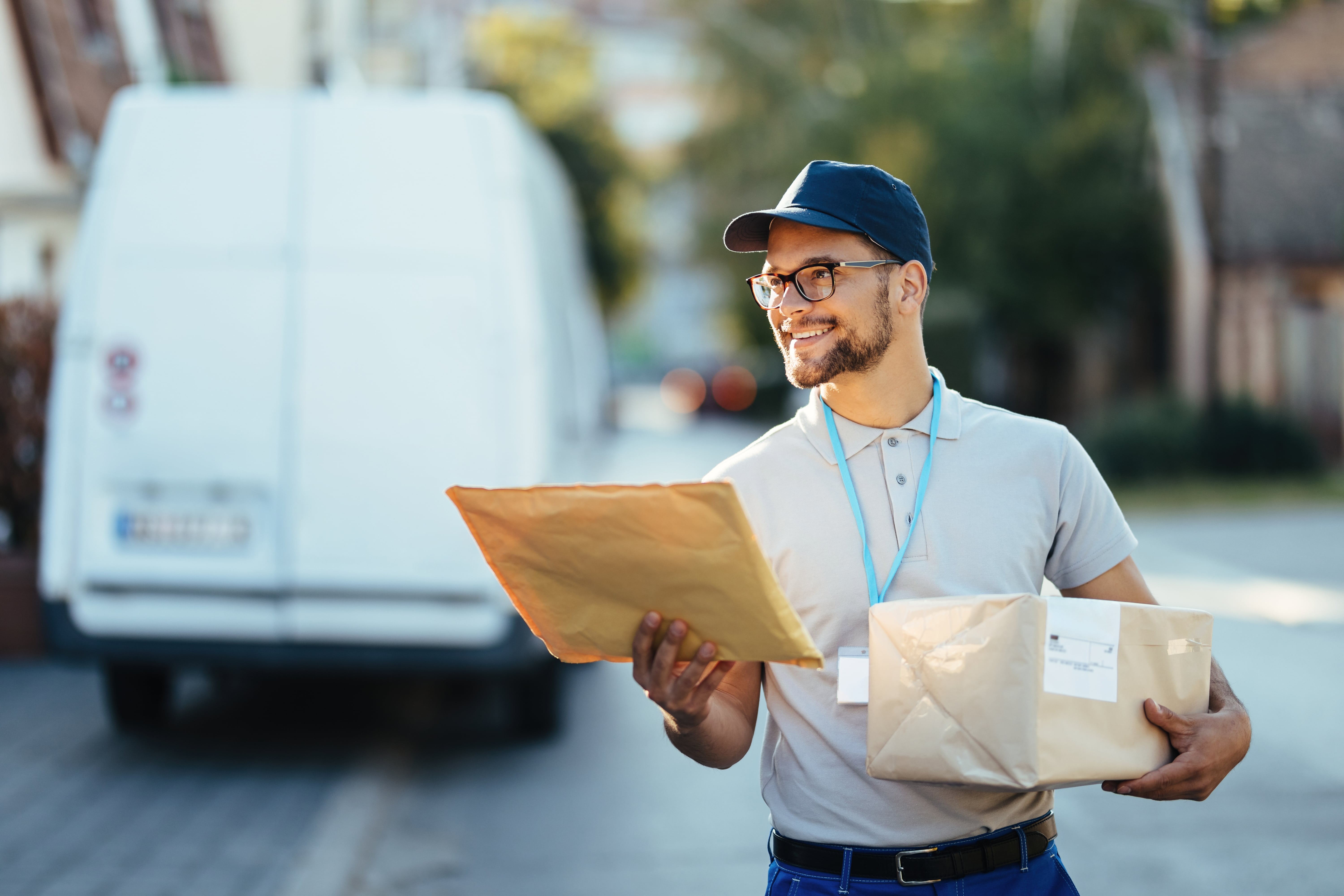
The Future of Customer Experience: Last Mile Delivery Challenges and Solutions
When you order something online, the moment of truth comes at the very end not when the product leaves a warehouse, but when it arrives in your hands. That final stretch from the distribution hub to your doorstep is called “last mile delivery.”
The last mile is the easiest part for the customer, but on the other hand, it is the most difficult and most expensive part of the logistics chain. As per the numbers circulating in the industry, the last mile can reach almost 50% of the total shipment cost. In the case of New Yorkers, who have to manage their crazy agendas, worries about packages getting stolen, and the ever-changing traffic, the delivery phase is usually what makes the whole process either a walk in the park or a headache.
This is the reason why companies are coming up with innovative last mile delivery solutions Brooklyn NY in order to adjust to speed, cost, and security. Being on time is no longer the only thing customers want; they also require control, visibility, and tranquility.
Key Factors Affecting Customer Experience in Last Mile Delivery
The customer experience in delivery is shaped by more than the package itself. Three elements consistently drive satisfaction:
- Timing and reliability:
A two-day delivery promise doesn’t mean much if it arrives three days late. Customers value services that honor time windows or allow them to pick a slot. In NYC, where many people live in apartments with limited package storage, precise timing reduces headaches.
- Security of delivery:
Porch piracy has risen sharply across urban areas. Leaving boxes unattended in hallways or stoops undermines trust. That’s why innovations like encrypted lockboxes and one-time password solutions, such as PUDO Fast, are gaining traction.
- Transparency and communication:
Customers want tracking and status updates in real-time, which is not “nice-to-have” anymore but the baseline of the service. They want to find out not only what their parcel is but also when it will come.
Customer loyalty is one of the many aspects affected by these features. If a business does not handle these issues well, the customers will rarely forgive and, in most cases, will go to the competitors.
Common Challenges in Last Mile Delivery for Businesses
Delivering to Brooklyn or Manhattan is completely different from delivering to areas around the city. The companies are faced with the last mile delivery problems, which are different from the rest of the world:
- Traffic congestion and parking limits:
The delivery drivers spend more time looking for legal parking spots than they do actually handing over packages. This delay goes on rapidly across dozens of stops.
- Failed delivery attempts:
The point is that customers may not be there, doors may need access codes, or security desks may not accept deliveries without prior notice. Each failed attempt leads to an increase in costs.
- High operational costs:
The increase in labor, fuel, and vehicle expenses is the problem of the last mile. For small businesses, such costs can use up their profits.
- Customer expectations fueled by eCommerce giants:
The likes of Amazon have done the job of setting the bar for e-presence to be as quick and flexible as possible, putting the small retailers and last-mile couriers under pressure to reach the same level of service.
To stay competitive, businesses must not only accept delivery service challenges but also have solutions that reduce costs and improve the delivery experience overall.
How Delivery Delays Impact Customer Satisfaction
The relationship with customers is barely affected in any other way, such as package waiting, which is among the most disappointing experiences for customers. Delays are not just inconveniences but also breaches of trust.
- Retail impact:
If it happens that a small Brooklyn boutique has promised a dress before a weekend event and the package is delivered late, then most probably, that sale will be the last one from that customer.
- Grocery delivery:
Fresh fruits and vegetables that arrive late are usually not usable, leading to refunds, waste of stocks, and anger in the household.
- B2B logistics:
Late office supply deliveries can halt business operations, resulting in negative effects that can extend to various employee teams.
Each time a promise is missed, the customer satisfaction logistics system is reduced, making it increasingly difficult for businesses to receive repeat orders. On the contrary, punctual and secure delivery makes goodwill, which is often even more valuable than discounts or marketing campaigns, available to customers.
Role of Technology in Last Mile Delivery Challenges and Solutions
Technology is a necessary thing, not anymore; it’s the basis of present-day last mile delivery technology. The smart tools can change the hectic and expensive process into an effective one:
- GPS-enabled tracking:
Location updates are given in real-time, which keeps the customer calm as they can plan around the delivery.
- Encrypted lockbox delivery:
Using just one-time passwords for packages that are accessed securely, services like PUDO Fast minimize the risk of theft to the greatest extent.
- Predictive analytics:
Cutting-edge systems can foresee the need for the surge, manage the stock, and change driver routes so as not to meet traffic jams.
Customer scheduling platforms: Businesses no longer rely on home visits to deliver the goods, as customers are choosing for themselves through the provision of delivery slots to them.
When used together, these tools transform the eCommerce delivery experience into one that is much less uncertain and therefore, much more reliable.
Optimizing Delivery Routes for Faster Service
In city areas, lessening even a delivery route by five minutes can mean that you have five more deliveries made at the end of the day. This is where the delivery route becomes important.
- Traffic-aware algorithms: In the case of software that changes according to traffic in real-time, drivers can avoid the traffic jam by taking the shortest route.
- Clustered deliveries: You can deliver grouped packages that have been grouped based on their neighborhoods without going back to places where you have already delivered.
- Priority routing: Deliveries that are urgent or of high value can be prioritized without impacting the rest of the timetable.
Organizations that are open to adopting delivery optimization solutions not only cut the use of fuel and labor, but also can make deliveries earlier than expected, which results in more trust and efficiency.
The Importance of Real-Time Tracking for Customers
It is all about timing for the people who live in the city. Real-time tracking is not merely about the moving dot on the map, but rather is about the control the customers are given over their day.
- After seeing that the package is about to arrive, a parent has a great chance to step out for school pickup.
- A business owner can arrange the stock of his inventory, taking into consideration the delivery times that have been confirmed.
- Busy professionals can plan their errands without being stressed by the thought of having missed drop-offs.
By making use of transparent tracking to ensure the success of the final mile logistics, businesses avoid missing connections, thus providing the customer with the feeling of comfort, which, in turn, creates loyalty over time.
Effective Communication Strategies During Last Mile Delivery
The leading cause of miscommunication is that it often results in more aggravation than the delay itself. One of the ways to deal with delivery challenges is for companies to ensure that they communicate properly:
- Proactive updates:
In a situation where there is a delay, the customer should be notified before they go to check or ask for clarification. Openness leads to trust.
- Reroute the delivery with flexibility:
A user-friendly web platform or smart device allows customers not only to reschedule a delivery but also to cancel it in a much quicker way than by a courier call.
- Highlight the message:
Keep it simple and do not use technical terms or jargon. Simple notifications such as “Your driver will arrive in 15 minutes” are more helpful than the standard logistics notes.
Communication strategies for improving delivery efficiency, since no failed attempts will be made if the deliveryman is given clear instructions.
Case Studies: Successful Solutions for Last Mile Delivery Challenges
Case 1: Local Boutique in Brooklyn
Although the boutique was able to deliver products on the same day, it was constantly facing a problem of missed drop-offs due to the absence of customers at home. By implementing time-slot reservation and secure lockbox delivery, the company has cut failed deliveries by 40% within just three months.
Case 2: Grocery Service in NYC
A supermarket chain in New York City set up GPS-based alerts along with flexible evening delivery times, thereby offering customers more convenience and a better overall eCommerce delivery experience, including higher customer loyalty and repeat orders.
Case 3: Independent Tech Retailer
The company that sells technology gadgets has started combining the use of specially-trained in-house staff to handle valuable articles with encrypted boxes that are meant for deliveries. As a result, there were fewer theft incidents while customers were satisfied with the logistics of transportation; therefore, the security of the delivery increased the loyalty of the customers.
These examples show that embracing the use of intelligent strategies in solving last mile delivery challenges directly elevates the level of customer trust, and thereby, efficiency gains are made.
Future Trends in Last Mile Delivery to Enhance Customer Experience
A faster delivery system isn’t the only thing that the future is holding for us. A significant method in the delivery system that is both secure, flexible, and customer-centric is the main point. Several vital trends are included at this time.
- Hyper-personalized scheduling:
Consumers will come to expect to be able to set the deliveries at the most convenient times for them more and more.
- Encrypted, portable delivery systems:
Services like PUDO Fast do not use traditional lockers; they deliver lockboxes to customers, thus ensuring that only they can access the package. Hence, theft is completely eliminated while at the same time, a certain degree of flexibility is given.
- Expanded on-demand services:
Last-mile companies won’t just be doing drop-offs anymore; they will be shopping, picking up, and delivering the customers’ essential items.
- Smarter urban infrastructure:
A city might use micro-hubs or curb space specifically designed to solve last mile delivery issues and the like in those areas that are heavily populated.
Those developments, when combined, will be setting new standards for last mile delivery solutions Brooklyn NY, which in turn will change the delivery landscape for professionals, families, and small businesses.
Final Takeaway
The last mile has shifted from being just the locus of the supply chain to becoming the pillar of customer trust. In places where life is constantly on the move, such as Brooklyn and Manhattan, the kind of delivery that is secure, reliable, and flexible may be either the reason why customers turn into loyal ones or walk out the door.
Particularly, businesses can make such a transformation through a combination of delivery route planning, real-time tracking, strong communication, and secure handoff methods, which is usually a common cause of customers’ woes, into one that is a competitive advantage.
New Yorkers who are always on the go will concur with the fact that the future is not only about speed; it is about the intelligence, the safety, and the flexibility of the models. Moreover, those companies that are already undergoing such changes will be the ones to give the consumers the kind of service they expect in the future.




